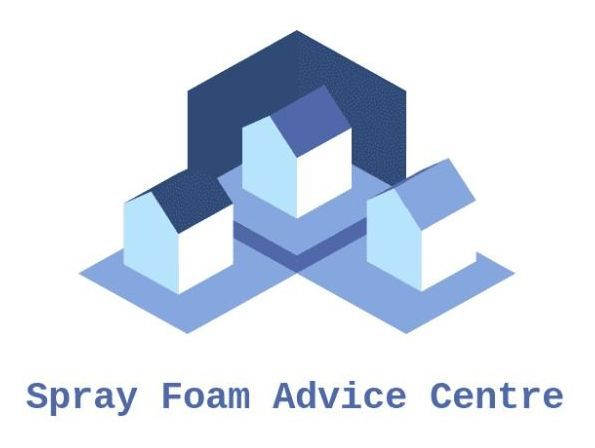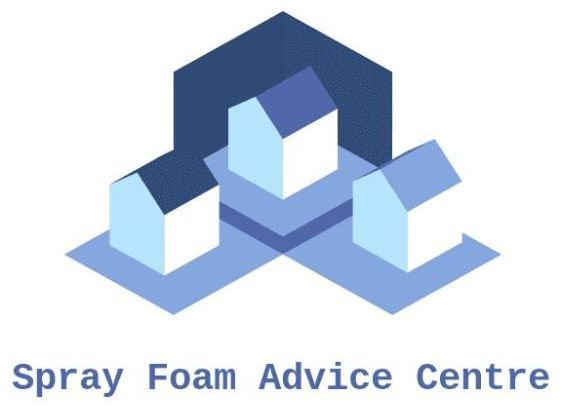A Comprehensive Guide to Cavity Wall Insulation Removal:
Insights from Adam Gough, Insulation Specialist
Cavity wall insulation has become a popular solution for improving energy efficiency in homes across the UK. However, there are instances when homeowners may need to consider the removal of this insulation. In this article, I, Adam Gough, an insulation specialist with over a decade of experience, will delve into the reasons for cavity wall insulation removal, the process involved, and the considerations homeowners should keep in mind
Understanding Cavity Wall Insulation
Cavity wall insulation involves inserting insulating material into the space between a home's outer and inner walls, known as the cavity. This insulation helps to reduce heat loss, lowers energy bills, and improves overall comfort. Common materials used include polystyrene beads, foam, and mineral wool. While these benefits are significant, homeowners may face issues that necessitate the removal of cavity wall insulation.
When Is Cavity Wall Insulation Removal Necessary?
- Moisture Problems: One of the most common reasons for cavity wall insulation removal is moisture intrusion. If the insulation becomes saturated, it can lead to damp issues within the walls, causing a host of secondary problems such as mold growth and structural damage.
- Reduced Energy Efficiency: In some cases, certain types of insulation may degrade over time, leading to decreased thermal performance. If homeowners notice higher energy bills or cold spots in their homes, it may be time to assess the insulation.
- Pest Infestation: Infiltration by pests such as rodents or insects can occur when cavity wall insulation is improperly installed. If these pests take up residence in the insulation, removal is often necessary to ensure that the home is free from infestation.
- Poor Installation: If the insulation was poorly installed, it may not perform its intended function. Issues such as uneven distribution, settling, or damage to the insulation can lead to ineffective thermal regulation and moisture retention.
- Home Renovations: During renovations or changes in property structure, homeowners may need to remove existing insulation to allow for updates or repairs.
The Process of Cavity Wall Insulation Removal
Removing cavity wall insulation is not a DIY project; it requires professional expertise and the right equipment. Here’s a step-by-step overview of what the process typically involves:
- Assessment: The first step is to conduct a thorough assessment of the insulation's condition. An insulation specialist will inspect the walls, check for signs of moisture or damage, and determine the best course of action.
- Preparation: Once a decision is made to proceed with removal, the area surrounding the insulation injection points is cleared. This may involve moving furniture and securing flooring to prevent damage during the extraction process.
- Extraction: Specialized equipment is used to remove the insulation material from the cavity. This typically involves creating small access points in the wall where a vacuum is inserted to extract the insulation material. The process is done carefully to avoid damaging the structure of the wall.
- Repair and Remediation: After the insulation has been removed, the technician will inspect the cavity for any signs of moisture damage or pests. If found, remediation efforts will be put in place to address these issues, including drying out the cavity or treating for pest infestations.
- Sealing and Closure: Once removal and repairs are complete, the access points will be sealed and repaired, ensuring that the integrity of the wall is maintained.
Considerations for Homeowners
Before deciding to remove cavity wall insulation, there are several factors homeowners should consider:
- Professional Consultation: Always consult with a qualified insulation specialist who can assess your specific situation and recommend the best solutions.
- Cost Factors: Removal can be costly, so it's essential to budget for both the extraction process and any necessary repairs afterward.
- Long-term Solutions: If you’re experiencing issues due to insulation, discuss alternative insulation options that could provide the necessary thermal efficiency without compromising your home’s integrity.
- Energy Efficiency Improvements: Post-removal, homeowners may want to consider alternative insulation methods or other energy efficiency improvements, such as upgrading windows or installing secondary glazing.
- Health Considerations: If dampness or mold is present, it's crucial to address these issues promptly, as they can lead to health problems for occupants.
Conclusion
Cavity wall insulation can provide significant benefits for homeowners, but it is essential to recognize when removal is necessary. As an insulation specialist, my mission is to guide homeowners through the complexities of insulation management, ensuring that your home remains safe, comfortable, and energy-efficient. Should you find yourself facing issues with your cavity wall insulation, I encourage you to seek professional advice and support to address your concerns effectively. Your home deserves the best, and I am here to help you make informed decisions for its longevity and well-being.
Contact us any time
Contact Us
We will get back to you as soon as possible
Please try again later


